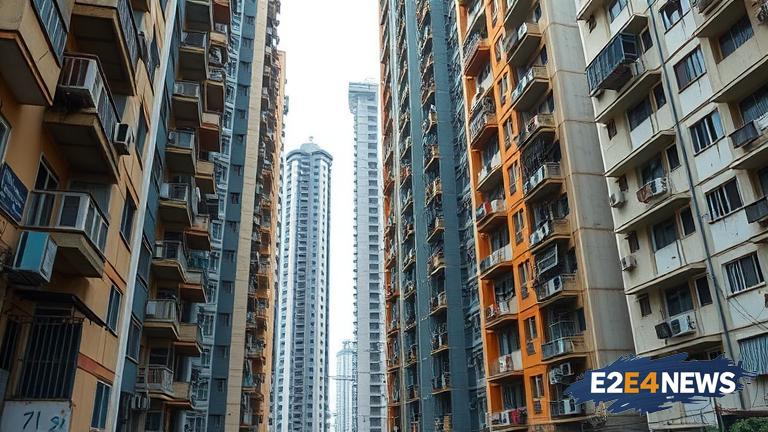In Mumbai, the financial capital of India, a disturbing trend has been observed in many high-rise buildings. Separate lifts are being provided for residents belonging to different castes, perpetuating social segregation and discrimination. This practice is not only limited to residential buildings but also extends to other facilities such as parking and entrances. The segregation is often based on the caste of the residents, with some buildings having separate lifts for Brahmins, non-Brahmins, and other castes. This has led to a sense of unease and discomfort among residents who do not identify with a particular caste or prefer not to disclose their caste. The practice of separate lifts is a clear indication of the deep-rooted caste prejudice that exists in Indian society. Despite the fact that India has laws in place to prevent discrimination based on caste, such as the Scheduled Castes and Scheduled Tribes (Prevention of Atrocities) Act, 1989, the practice of separate lifts continues to thrive. The reason behind this practice is often attributed to the conservative and traditional mindset of some residents who believe that interacting with people from lower castes can lead to ‘pollution’ or ‘contamination’. This mindset is not only limited to older generations but is also prevalent among younger people who have been influenced by their family and social environment. The separate lifts have also led to a sense of isolation among residents who are forced to use the ‘lower caste’ lifts. Many residents have reported feeling humiliated and embarrassed when using the separate lifts, which are often poorly maintained and lack basic amenities. The issue of separate lifts has also raised concerns about the safety and security of residents, particularly women and children who may be forced to use the separate lifts at odd hours. The Mumbai Municipal Corporation has been criticized for not taking adequate measures to address the issue of separate lifts. While some buildings have been instructed to remove the separate lifts, many others continue to flout the rules with impunity. The issue of separate lifts is not limited to Mumbai and is a widespread problem in many Indian cities. It is a reflection of the deep-seated caste prejudice that exists in Indian society and the need for greater awareness and education to combat such discrimination. The government and civil society organizations must work together to address the issue of separate lifts and promote social inclusion and equality. Residents must also be encouraged to speak out against such practices and demand equal treatment and access to facilities. The issue of separate lifts is a complex one and requires a multi-faceted approach to resolve. It is not just a matter of removing the separate lifts but also of addressing the underlying social and cultural attitudes that perpetuate such discrimination. Ultimately, the goal should be to create a society where everyone has equal access to facilities and opportunities, regardless of their caste or social background. The practice of separate lifts is a stark reminder of the social and economic inequalities that exist in India and the need for greater efforts to promote social justice and equality. By working together, we can create a more inclusive and equitable society where everyone has the opportunity to thrive and reach their full potential.





